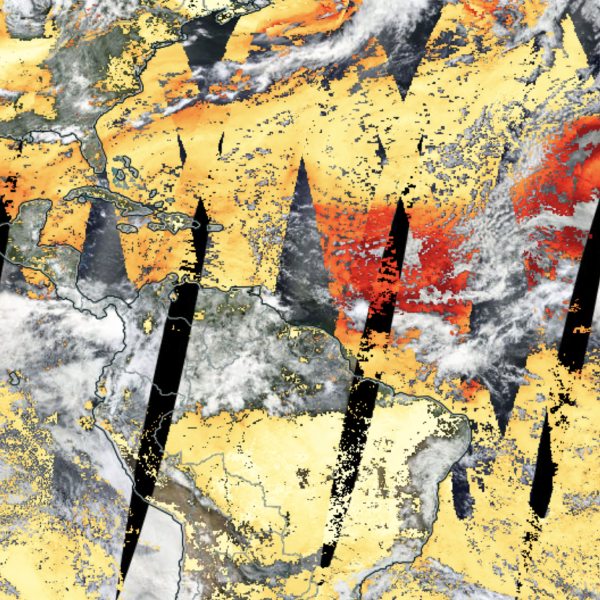Access a range of datasets and data tools to further your atmospheric research.
Aerosol optical depth (AOD) is an assessment of the amount of visible and infrared light aerosols scatter or absorb in a column of the atmosphere, and is sometimes referred to as aerosol optical thickness (AOT). AOD is a unitless measure. From an observer on the ground, an AOD of less than 0.1 is characteristic of a clear sky, bright Sun, and maximum visibility. As AOD increases to 0.5, 1.0, and greater than 3.0, aerosols become so dense that the Sun is obscured.
Learn How to Use Aerosol Optical Depth/Thickness Data

Join Our Community of NASA Data Users
While NASA data are openly available without restriction, an Earthdata Login is required to download data and to use some tools with full functionality.
Learn About the Benefits of Earthdata LoginFrequently Asked Questions
Earthdata Forum
Our online forum provides a space for users to browse thousands of FAQs about research needs, data, and data applications. You can also submit new questions for our experts to answer.
Submit Questions to Earthdata Forumand View Expert Responses